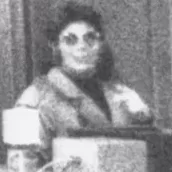IGNORED
Autechre T ess xi harmony
- Search posts by...
- Reply to this topic
- Ignore this topic
- Stop ignoring this topic
- Start new topic
-
Recently Browsing 1 Member
-
Similar Content
-
- 73 replies
- 6,475 views
-
- 1 comment
- 3,740 views
-
- 3 replies
- 2,164 views
-
- 1 comment
- 3,099 views
-
- 34 replies
- 5,257 views
-








Recommended Posts